For non-Italians it may be hard to fully appreciate the place the Toscano cigar has had in the fabric of the nation’s cultural and social identity over the past 200 years. Born out of the rolling hills of the sun-kissed Tuscan countryside, the famous cheroot cigar stands shoulder to shoulder with the nation’s greatest exports, from Grappa and Limoncello to a fine bottle of Chianti. Just like with these agricultural treasures, the unmistakable sweet and robust smoke of the Toscano for many has acted as a sensorial affirmation of the homeland.
Chatting with some of the Italian diaspora here in Montreal, it seems that Toscano smoke often has had a presence in the Italian home. Various generations have learnt to associate the potent aroma with the old country and often a spirited patriarch, father or grandfather, inviting fond memories of an Italian upbringing. The rough and tumble, low maintenance cigar has historically embodied the unfussy and hardworking spirit of immigrants that flocked to the Americas in search of a better life.
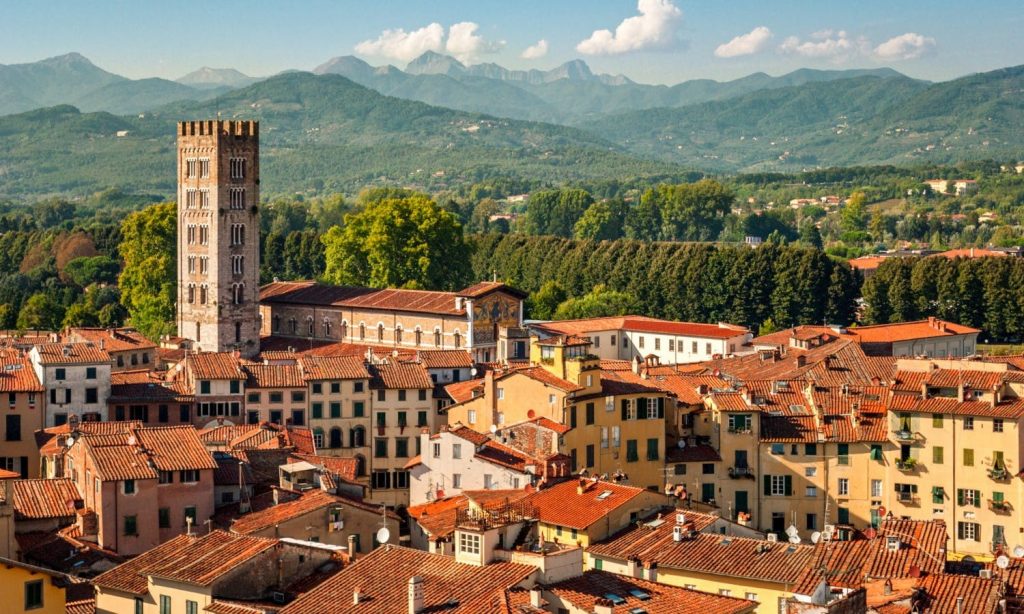
TOSCANO HISTORY
Since its inception in the early 19th century, the Toscano cigar has been witness to the most formative political changes in Italian history. From the wars of independence, to the unification (Risorgimento) and rampant industrialization, the Toscano has developed parallel to these sweeping changes, along the way weaving itself imperceptibly into the social, cultural, and psychic fabric of the nation. The story of how the Toscano became synonymous with Italy, just like a Habano may be synonymous with Cuba, is an interesting one. As seems to be the case with most things enduring and influential, the cheroot was born out of happenstance, during a pivotal time period in the nation’s history.
In 1814, The Grand Duchy of Tuscany under the rule of Ferdinand III was reinstated by the Congress of Vienna after the defeat of Napoleonic rule. The return of the Austrian vassal Kingdom of Tuscany sowed the seeds of Italian nationalism. It was in this tender period of a rising national conscience and sentiments of Pan-Italianism that a new agricultural product, the Toscano would emerge becoming a potent symbol of a new unified national identity. Notably in popular folklore, the fathers of the modern Italian state during the wars of unification, Giuseppe Garibaldi and Vittorio Emmanuelle II, were thought to have smoked “Sigaro Toscanos” during the conflict. The company would pay homage to general Garibaldi in 1982, in the form of a special blend.
As the story goes, during a humid summer day in 1815, a sudden rainstorm drenched a bale of tobacco momentarily left out to dry. The initially dismayed manager of the Manifattura del Granducato tobacco producers, made a fateful decision to save the potentially ruined crop, fearing reprisals from authorities. The tobacco was left to dry once more in a bid to salvage the leaves and bring it to market in the shape of a lower quality cigar to the people of Florence. Unbeknownst to the tobacconist, the intervention of bad weather introduced the right amount of water to ferment the leaves under the Tuscan sun, producing a completely unique cigar, with a distinctly stronger flavour.
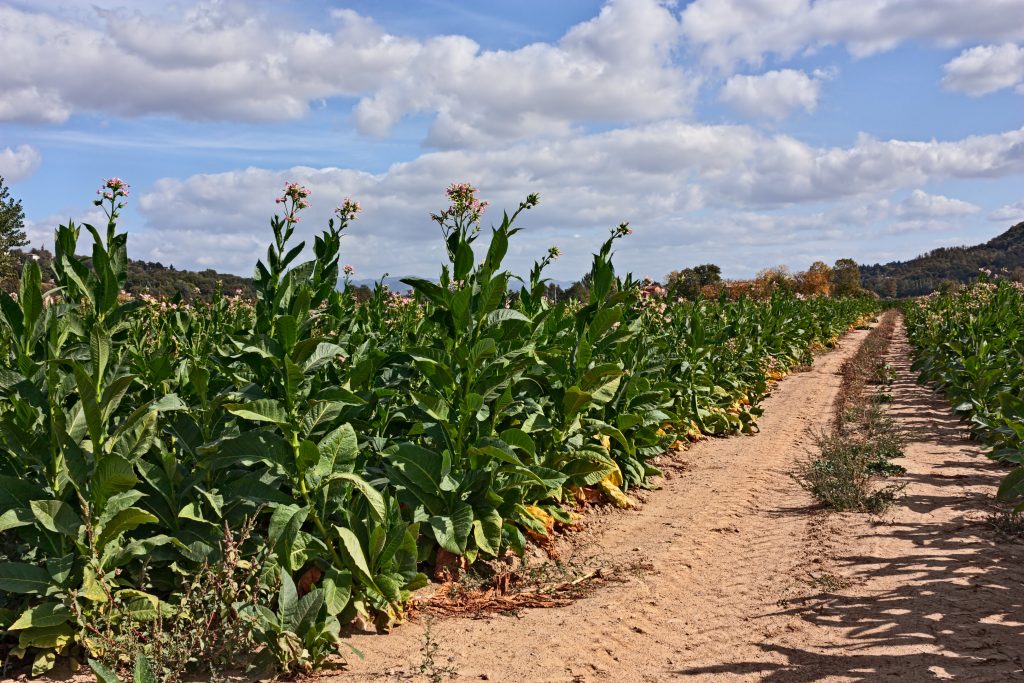
These damaged, baked, binder-less, early iterations of the Toscano became a huge hit amongst Florentines, its seeming imperfections transformed into its defining characteristics. The demand was such that the Grand Duke, Ferdinand III opened a factory solely for the production of these cigars in 1818. Born out of fluke, the Toscano was brought to existence from the demand of regular Italians. The flavours resonating with local palettes, it was easily integrated into the daily routines of all strata of Tuscan society. It wasn’t long until the unusual cigar become known by locals as “il stortignaccolo”, on account of its homely, lumpy appearance.
KENTUCKY – ITALIAN TOBACCO
The Toscano was made exclusively from Kentucky tobacco shipped from the U.S up until the mid-19th century. It was after the period of Italian Reunification (Risorgimento, from 1848-1870) that local Kentucky tobacco varieties were hybridized to grow in Italian terroir. In the late 19th/early 20th century local regulatory bodies emerged for the cultivation of tobacco, such as the San Sepulcro and Foiano della Chiana agencies, fully establishing Kentucky tobacco as a mainstay Italian crop. These early agencies were pioneers of Italy’s modern agrobusiness sector, with the nation producing at least 3 times as much Kentucky tobacco than the U.S today. Approximately 6-700 tonnes of Kentucky tobacco is cultivated annually for Italian cigar production, compared to 200 tonnes in the U.S, where it is traditionally used as a pipe tobacco component.
In its newest adopted homeland Kentucky tobacco cultivation expanded from small pockets in Northern Umbria to a vast area of the Central and Southern provinces from Lazio and Veneto to south in Campania. The fertile valleys of Tuscany and the Tiber rich in organic substrate provide idyllic conditions, for a full bodied, and high nicotine leaf used in the final product’s filler, known as the “171×104” hybrid. Meanwhile in the southern Campanian soils, the potassium rich terroir imparts a less intense flavor, ideal for combustibility and maturation potential of the cigar. These southern crops come to prominence in the light and sweet Garibaldi blend. Toscano today predominantly features Italian Kentucky, however the flavoured Toscanello line launched in 2001 at the Cava de Tirreni factory features filler from South America and East Kentucky as well.
FIRE-CURED & WET FERMENTATION
Toscano’s unique wet fermentation and production technique simulates and expands on the conditions of that fateful summer day in 1815. “Sigaro Toscanos” were the first in the world to be fire-cured, producing the classic full bodied, high nicotine profile they are most famous for. Fermentation begins when the harvested leaves are submerged underwater while being exposed to oxygen, allowing the resin to rise to the surface of the leaf. Once the leaves are extracted from the water, they are sent to be fire-cured, the heat reacting with the natural oils of the leaf released from fermentation. Due to this special process, the finished Toscano cigar is not hygroscopic, thereby not required to be stored in a humidor.
The fermented leaves are subsequently hung up on strings in the curing barn, where they are smoked directly from an open flame fed exclusively by pungent dry wood such as beech tree and oak. This is a labour-intensive moment as temperature regulation is essential to proper curing. A worker is required to monitor the curing every 3 hours, chopping wood and feeding the flame so as to maintain the proper temperature for each step of the process. Simultaneously the worker must flip the leaves over, making sure that they do not become too brittle from the heat.
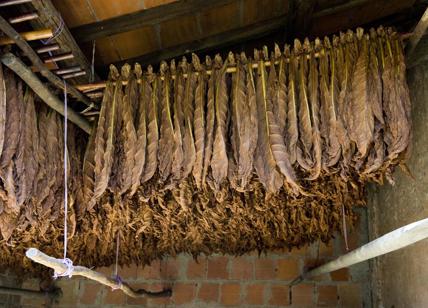
In the curing barn, Toscano’s “Stendaggio” system regulates air-flow and humidity keeping the leaves from disintegrating, as the heat in the barn increases from 38 to a maximum of 50 degrees Celsius, over the course the 20-day curing period. The curing process changes the leaves’ appearance, incrementally becoming uniform in their dark brown colour, with the woodfire smoke infusing the leaves with strong bouquet. Once the leaves are smoked, they are sorted according to grades and use, before they are sent to the Lucca factory’s famous rolling floors.
EXCLUSIVELY ROLLED BY WOMEN
Unlike the Caribbean torcedor tradition, Italian cigars are, and have been rolled exclusively by women over the past 200 years. Tobacco manufacturing was the site of one of the world’s first labour movements, pushed through by working women in the mid 19th century. On account of the belief that only a woman’s touch is delicate and nimble enough to roll a “Sigaro Toscano”, cigar factories were historically amongst the few places where women could be employed at relative equity to their male colleagues. Parallel to the sweeping changes in the country, the women’s labour movements prompted major societal change and reform that would jump start a newly reunified Italy into becoming a modern welfare state. The owners of the factories were no match for the Italian matriarchs, the company acquiescing to the female rollers’ or “Sigaraie” demands of equal rights and equal pay after 2 weeks of striking. Another pioneering win of the trade union fight, would place child care centers in the workplace.
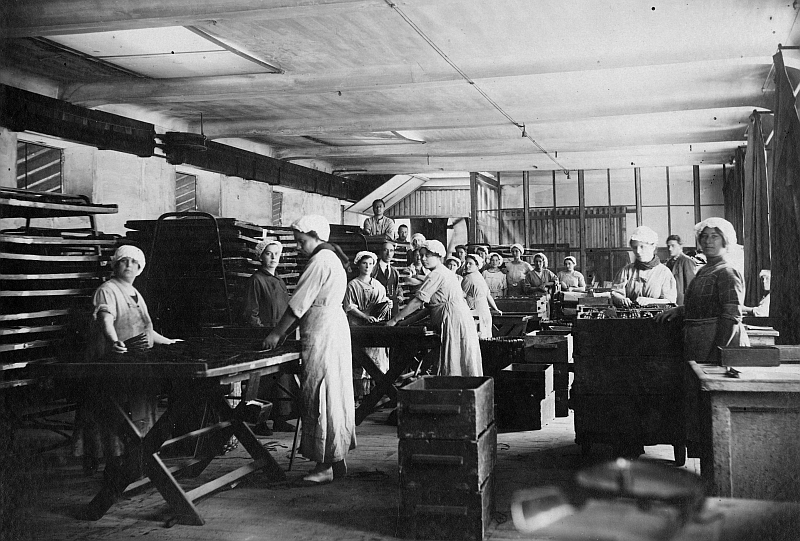
The artisanal knowledge of the sigaraia has been passed down from mother to daughter for hundreds of years. Each roller aware through their labour, they carry the history of Lucca, and the pride of the pioneering women before them. The church of Santa Catarina di Lucca, colloquially known as the church of the Sigaraia, is a place where the rollers would observe their faith on lunchbreaks, for generations. With the help of the state and Maniffatture Sigaro Toscano, the Baroque mid 18th century church is being refurbished to its previous glory, recognizing the church as a major node of cultural significance and national pride.
Forty full time rollers are employed at the Lucca factory each producing 520 cigars a day. Sophisticated machines simulating the movements of the sigaraie are used to give the cigars their unique handmade appearance. The machines boost the company’s output to the 230 million cigar benchmark Toscano produces annually. Eighteen months of training are required for each sigaraia before they roll their first Toscano, prioritising a level excellence that is best exemplified by the Toscano Il Moro; a longer, limited quantity cigar packaged in its own individual wooden box.
Due to the “individual” nature of these elliptical “figurado” cigars, there is no standard vitola for the Toscano, each varying between 150-160mm in length, and a 30-44 ring gauge. The staples of the Toscano line-up vary in aroma, intensity and sweetness. The flagship, iconic Classico is a complex medium-bodied smoke, balancing savoury and bitter notes with undertones of maple. The full strength Extra Vecchio is doubly fermented, featuring American and Italian Kentucky tobacco aged for 9 months, the bold profile highlighting earth and spice. On the lighter side of things, the ever-popular Toscano Garibaldi, was released on the 100th anniversary of the famous general’s death, the cigar flaunting the sweet, hickory notes of Campania’s southern crops. This personal favourite was released as part of the original “Sigari d’Autore” series paying homage to Italy’s most prodigious smokers, the painter, Amedeo Modigliani, and film director, Mario Soldati. Each box of this series combines to represent to the Italian tricolor; Garibaldi (green), Modigliani (white), Soldati (red).
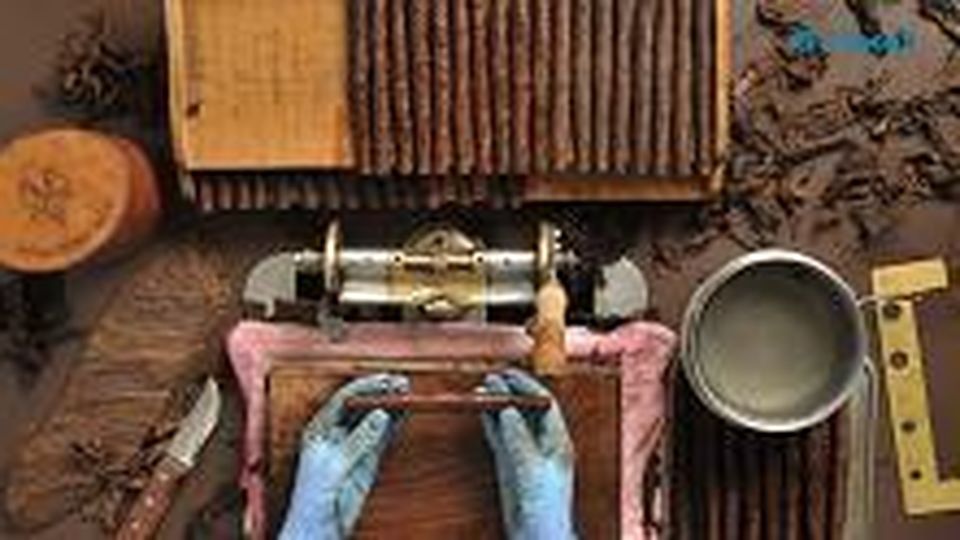
FROM MODIGILIANI TO BOCELLI
Toscano’s tradition of highlighting the cultural treasures and contributions of La Patria continues, the most recent release in 2020 inspired by Opera composer Giacomo Puccini. One of Lucca’s most venerated sons, his commemorative cigar uses North American Kentucky and tobacco from the Valtiberina valley of his native Tuscany. Accessible to all strata of society, the Toscano is enjoyed the same by an agricultural worker, an opera singer (Andrea Bocelli), composer (Pietro Mascagni), or a wealthy dandy perfecting the art of Sprezzatura. This is because, in the Italian cultural lexicon, halving a Toscano with someone indicates trust and respect between one another; class, status and other power differentials are put aside.
Fittingly, the cigar invites this kind of interaction. It’s mere strength and length dictate that it’s often best enjoyed, “ammezzato”. The tradition of smoking in company as a demarcation of fraternity, some trace back to the comradery of general Garibaldi and King Emmanuelle, the fathers of a unified Italy known to enjoy a fine smoke. This trend of cutting the full length or “Intero” cigars was further popularized in the wake of the first world war. Manufacturers chopped their cigars, selling the “ammezzatos” individually in order to meet a sudden post-war demand, after a prolonged period of economic hardship.
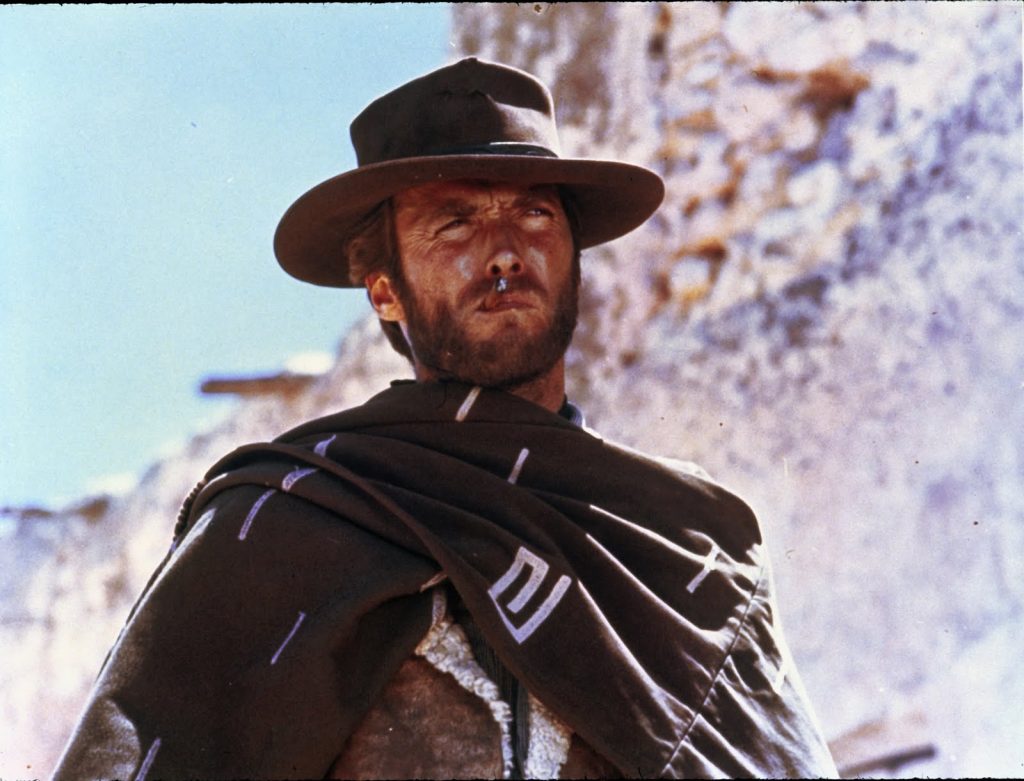
COPPOLA, BRANDO & CLINT EASTWOOD – TOSCANO CIGARS IN POP CULTURE
Whereas the Sigaro Toscano has a bohemian, romantic connotation in its native Italy, in America it has become symbolic of what Tony Soprano would call the “Strong, silent type”. Bert Lancaster, James Stewart in “Anatomy of a Murder, Colombo and Dr. Watson of Sherlock Holmes have all integrated the Italian cigar as an extension of their broody, stoic, masculine on-screen characters. Moreover, the Toscano (Ammezzato) most readily entered the popular imagination dangling from Clint Eastwood’s lips in Sergio Leone’s Spaghetti Western masterpiece, the “Dollars” trilogy. According to legend, the Roman director insisted the young film star smoke the Italian cigar, threatening to recast the film if he refused. Clint abided despite being initially unimpressed at the strange looking stick.
Another story implicates Francis Ford Coppola convincing Marlon Brando to play in the 1972 opus “the Godfather” over a sigaro Toscano, pairing it with fine Italian wines and cheeses. In both of these instances, the film royalty of Leone and Coppola carry on the traditions of the old country, each cutting the Toscano as a sacred vow of trust and alliance with their new cast members.
MADE IN ITALY
Italian Kentucky cultivation makes up around 1% of the share of global tobacco production. The boot’s cigar output retains a niche status by its very culture specific nature, a status that has ironically accelerated its popularity beyond Mediterranean nations. The commemoration of it’s 200-year anniversary in 2018, marked a new chapter for the Maniffature Sigaro Toscano seeking to establish a firmer grip on the U.S market, collaborating with Miami Cigar & Co on a marketing campaign highlighting the “Made in Italy” excellence.
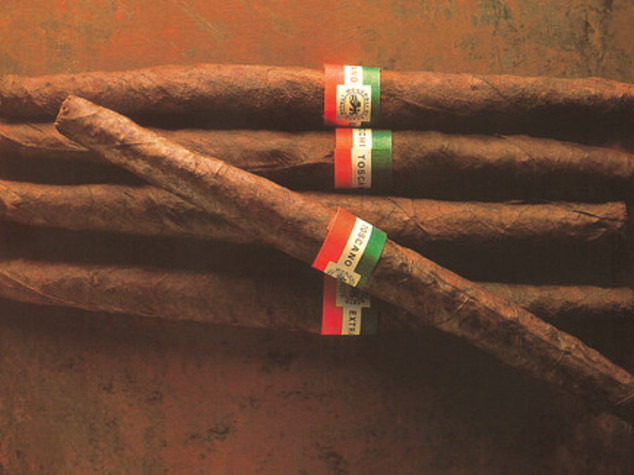
To my chagrin, Toscanos were among the first victims of Canada’s blanket plain packaging law placed on any tobacco product, effectively neutering any hints of the beautiful tradition behind these historic smokes. This decision, that could only be made by the most vacuous members of our species, estrange Toscanos from their cultural context effacing the artwork that represent their “Made in Italy” philosophy. The consequences may be that the Sigaro Toscano will still be relegated to the category of a cheapo cigar, a major disservice to this oft-overlooked brand.
Therefore, has there a better time to appreciate the fascinating and illustrious history of the Italian cigar? During this time of stagnation and social estrangement we may find comfort in the delectable aroma of Italian Kentucky tobacco, that was seamlessly integrated into the lives of the world’s most gifted artists, and the homes of generations of Italians. More than ever, there is a wisdom contained in the bond of sharing a Toscano. This wisdom is contained in the soil of the beautiful Italian countryside, and is passed down generationally. It’s the wisdom of the Italian philosophy of life, of congregating, celebrating, and appreciating the finest sensorial details of a meal, wine, opera or of course an Italian cigar.
Toscano cigars can be purchased at fine tobacconists, including Whisky Cafe & Cigar Shop.
Leave a comment
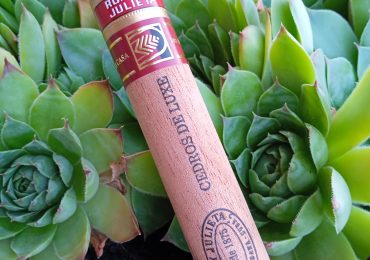
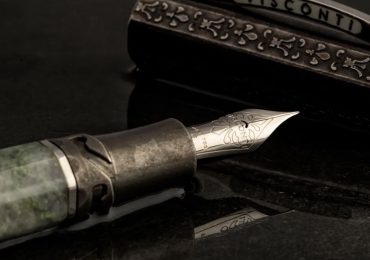
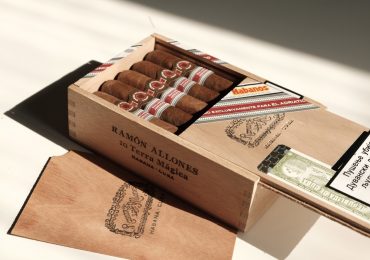
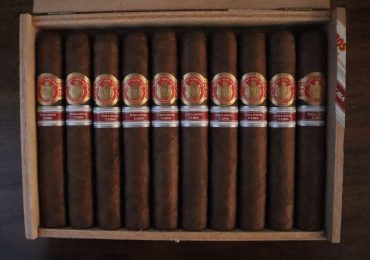
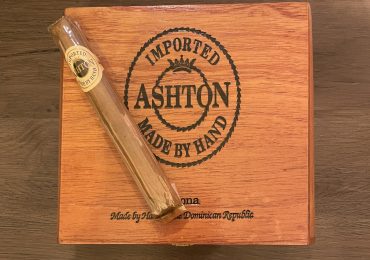
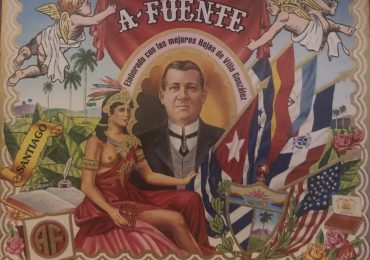
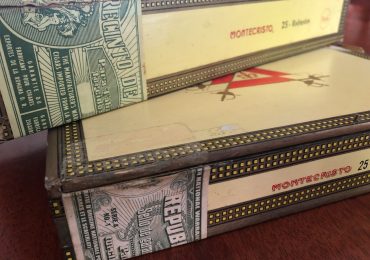
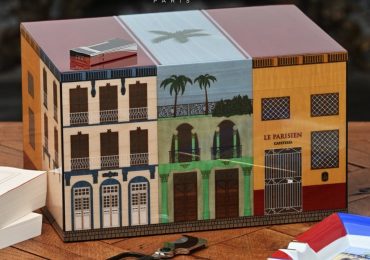
Hello
Can you please tell me where I can purchase some Toscano Antico ? Because of the pandemic , I am almost out.
Please advise
Whisky Cafe. https://whiskycafe.com/wp-content/uploads/2020/09/Whisky-Cafe-CIGAR-MENU.pdf